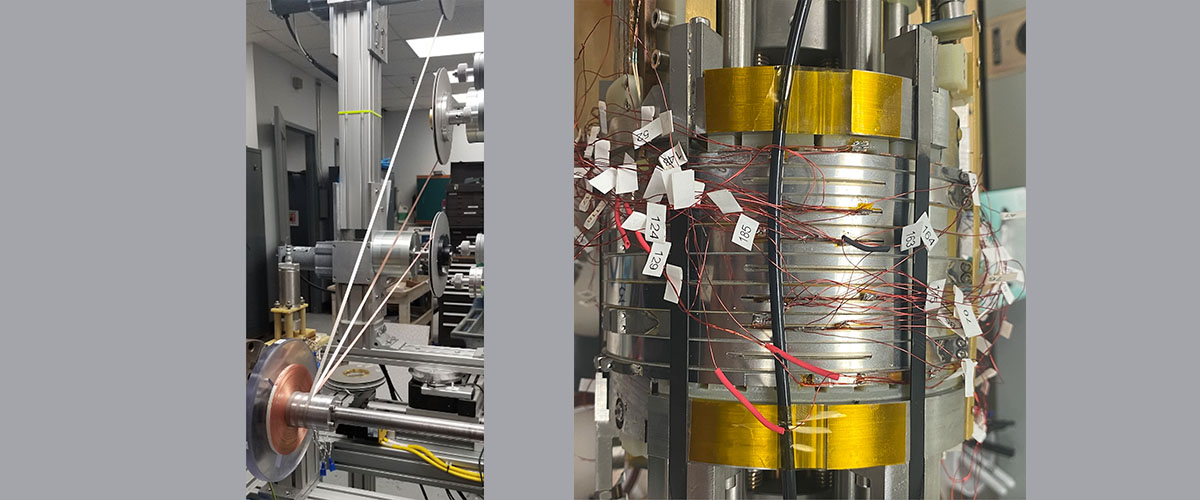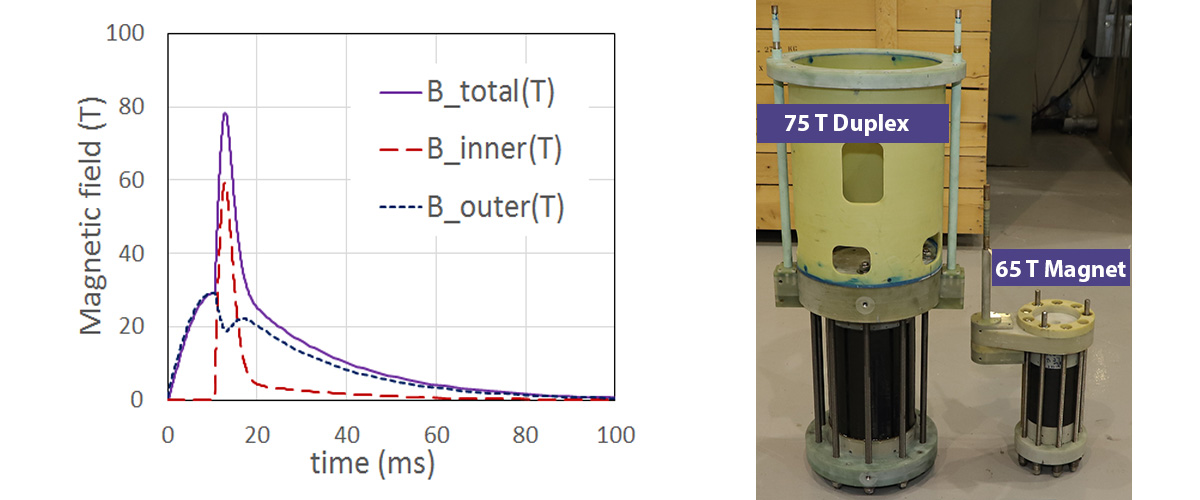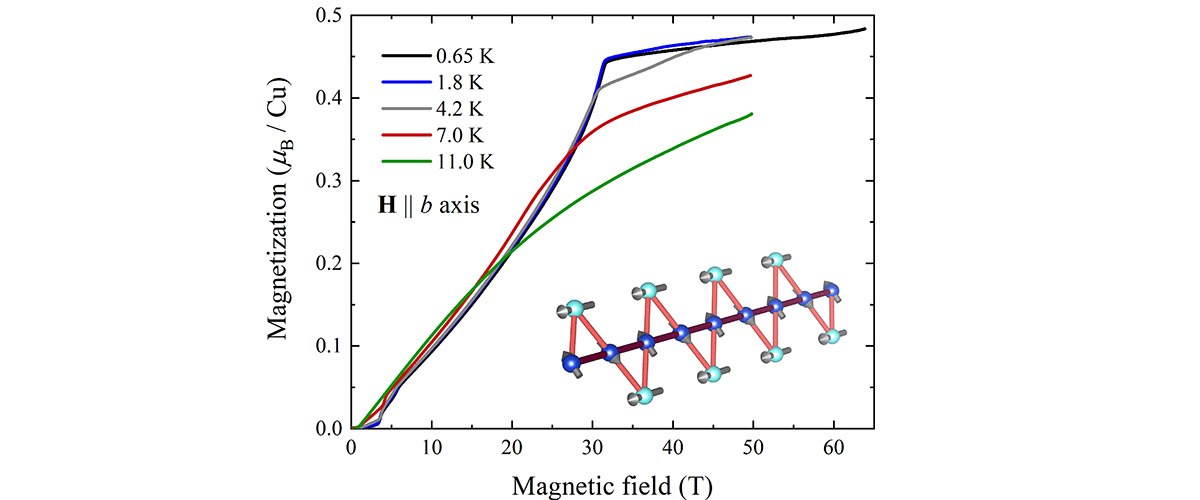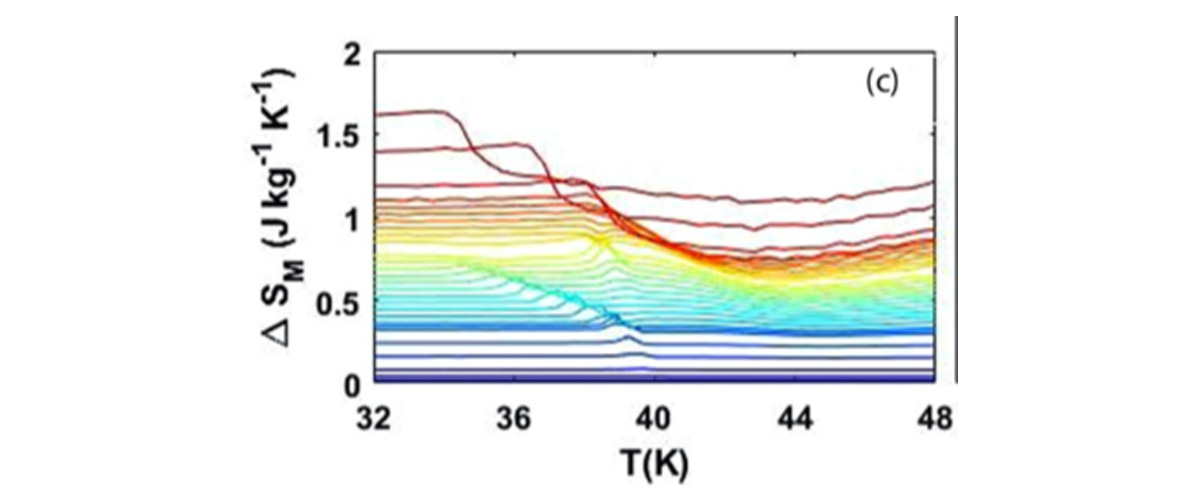What did scientists discover?
Winding a superconducting test coil with two, parallel tapes, instead of just a single tape, was shown to be advantageous for use in future high-field high-temperature superconducting (HTS) magnets. A MagLab test coil was cycled 225 times at high strain (>0.5% on the conductor). The coil generated 12T in the presence of a 12T external magnetic field.
Why is this important?
This "two-in-hand" test coil is a significant step towards a 40T user magnet at the MagLab. Operating at ~50% of the tapes’ critical current (i.e. maximum current carrying capability), the technology is marching closer to the target of 70% critical current in the final design. This coil is also significantly larger than any other coil that has been fatigue cycled over 100 times, containing more than five times more conductor than the next largest test coil. Energized to a current of 500A, cyclic testing of this coil also proved that the myriad of components necessary to build a magnet can perform well under these very high field conditions.
Who did the research?
E. Bosque, H. Bai, M. Bird, A. Gavrilin, S. Gundlach, B. Jarvis, K. Kim, D. Kolb-Bond, S. Marshall, A. Voran, P. Xu,
National MagLab
Why did this research need the MagLab?
The MagLab is host to a team of highly experienced magnet builders, designers, and analysts. Resources include high-field test bed magnets, and the ability to perform cutting-edge numerical modeling simulations that guide the testing plans.
Details for scientists
- View or download the expert-level Science Highlight, "Test Coil Zero" on the Path to 40T
Funding
This research was funded by the following grants: G.S. Boebinger (NSF DMR-1644779; NSF DMR-1839796)
For more information, contact Ernesto Bosque.






